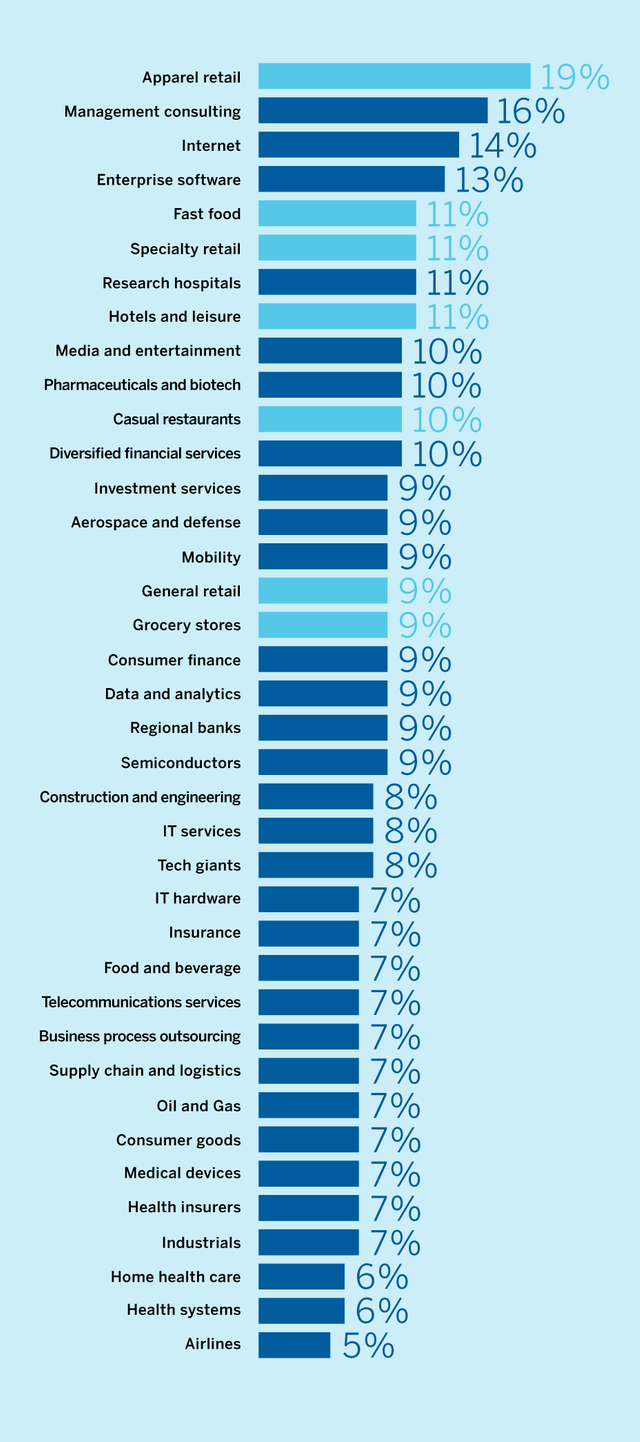Resignation is driven by a toxic culture.
The great resignation is being caused by a toxic culture.

The phenomenon of a large number of employees quitting their jobs during the COVID-19 pandemic is referred to as the "Great Resignation." There are a lot of things that are driving this trend, but toxic culture is definitely one of them.
Bullying, harassment, discrimination, and a lack of work-life balance are all examples of toxic workplace culture. Employees who work in such settings are more likely to experience feelings of stress, anxiety, and unhappiness, which can result in burnout and the desire to leave their jobs.
During the pandemic, a lot of people have rethought their priorities and come to the conclusion that they are no longer willing to work in toxic environments. People now have more options when it comes to finding a new job because remote work has made it possible for them to work from anywhere.
Toxic culture must be addressed by employers if they want to keep their employees and attract new talent. Supporting mental health and work-life balance, addressing harassment and discrimination, and creating a positive work environment are all examples of this. They can reduce the likelihood of the Great Resignation having an impact on their organization by creating a workplace that is more supportive and engaging.
A toxic culture can have a significant effect not only on individual workers but also on businesses as a whole. Toxic workplaces can cause stress, anxiety, burnout, and even physical health issues for employees. It can also affect how well they do their jobs because they might not be motivated to work, have trouble focusing, or have trouble working together with others. All of these things can make someone want to leave their job and find a better place to work.
A toxic culture can result in high turnover rates, which can be costly for businesses in terms of hiring and training new employees. It can also have an effect on the company's image because former and current employees may talk about bad experiences with others. The company may have a harder time attracting and keeping top talent as a result of this.
To address a toxic culture and create a more positive work environment, organizations can take a number of different approaches. Some examples include:
Paying attention to workers: Listening to employees and taking their concerns seriously is one of the most important things an organization can do. In order to comprehend what employees are going through, this may entail conducting surveys, focus groups, or one-on-one conversations.
Problems being solved: It is crucial for an organization to take concrete steps to address areas of toxic culture once they have been identified. Providing support for mental health, implementing policies to encourage work-life balance, or providing managers and employees with training on how to recognize and prevent harassment and discrimination are all examples of this.
Making a positive work atmosphere: By encouraging a culture of collaboration, respect, and inclusivity, businesses can also work to improve the working environment. Recognizing and celebrating diversity, providing opportunities for professional growth, and encouraging open communication are all examples of this.
Providing flexible work schedules: Many businesses are offering flexible work arrangements that let employees work from home or set their own schedules because remote work is becoming more and more common. Stress can be reduced and work-life balance can be improved.
In conclusion, an organization's toxic culture is one of the causes of the Great Resignation, and it should be addressed if it wants to keep its employees and attract new talent. Organizations can create a culture that is more supportive and engaging, which can help to reduce the likelihood of employees leaving the company. They can do this by addressing issues of harassment and discrimination, providing support for mental health and work-life balance, and creating a positive work environment.
Downvoting a post can decrease pending rewards and make it less visible. Common reasons:
Submit